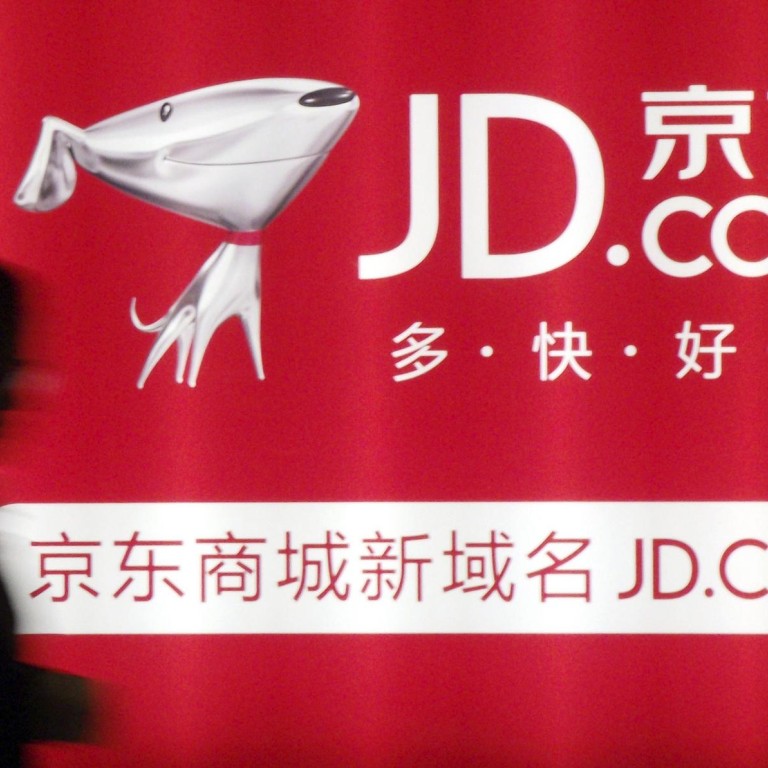JD.com's filing for an initial public offering in the US puts it in line for a US$1.5 billion boost to its expansions plans, but the mainland's No2 e-commerce operator will still struggle to make headway against Alibaba's dominant Taobao platform.
The injection of funds into
JD.com will be timely as the firm emerges from years of losses. It posted a net profit of just 60 million yuan (HK$76.8 million) in the first nine months of last year, compared with a net loss of 1.4 billion yuan in the same period a year earlier.
The proposed share sale, announced at the end of last month, has been widely anticipated after the Beijing-based firm undertook rounds of financing from a consortium of institutional investors including Tiger Global Management and Digital Sky Technologies.
JD.com also known as JingDong, sells mainly electronics goods through its online platform. It relies on its own network of couriers and warehouses, ensuring timely and efficient delivery, the company claims. In contrast, Taobao, the leader in China's booming online retail sector, uses third-party delivery services including SF Express, a Shenzhen-based delivery manager.
JD.com's attempts in 2010 to switch to third-party services for online sales would appear to be an acknowledgement of problems with its own business model. Moreover, at Taobao you can buy anything from a US$1 million car to a bumper sticker for under a US$1. The Alibaba unit's diverse range of products has helped to create a perception that
JD.com's focus on electronics is rather limited.
JD.com's business is based on online direct sales, with revenue from such sales representing more than 90 pct of revenue between 2011 and last year, but its direct-to-consumer model leads to higher costs in terms of inventory and capital.
The company, formerly known as 360Buy, began offering third-party sales in 2010 but its overall gross margin remains sluggish at below 10 per cent. Its apparent inability to transform its sales model reflects customers' loyalty to Taobao, which also offers customers the Alipay payment system.
JD.com's prospectus indicates that the company's inventory has been rising steadily, from 35.3 days in 2011 to 42.1 in 2012. It edged up to 43.1 days in September last year.
While the company is likely to market itself to potential investors as the "Amazon of China", it is finding it a tall order to establish a sizeable online shopping community based on the portal-to-payment system.
In the preliminary listing schedule, bankers say the
JD.com offering will be launched in April, followed by a listing in May.
This article appeared in the South China Morning Post print edition as: Alibaba overshadows JD.com's US plan


